Learn with RFYS I How To Tackle Low Back Pain
With studies revealing that 80% of the general population suffers from Low Back Pain (LBP) at least once in their lifetime, the condition has cemented its position as the leading injury globally. What’s even more baffling is that as you read this sentence, 18% of the world’s population is experiencing LBP RIGHT NOW.
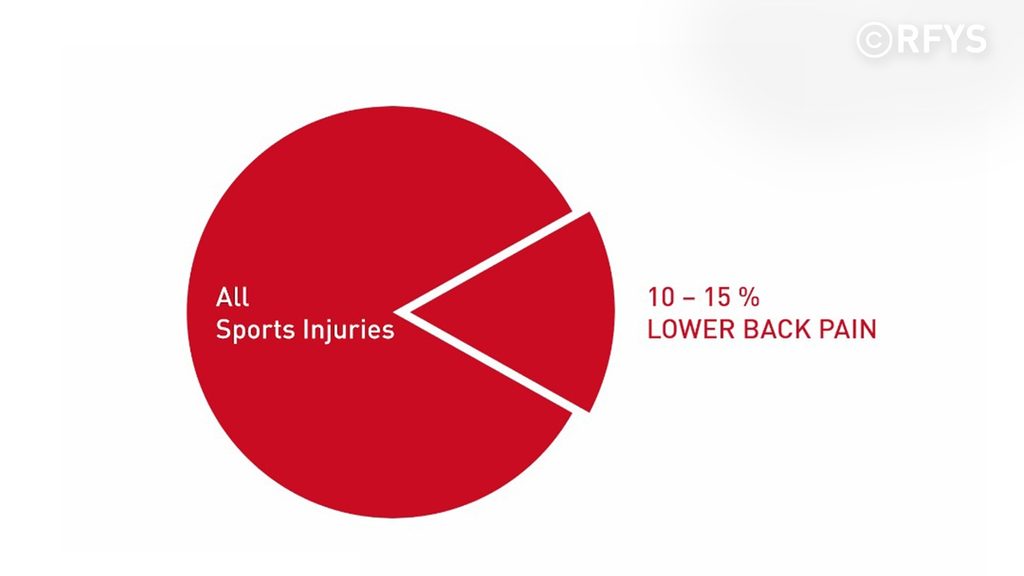
With studies revealing that 80% of the general population suffers from Low Back Pain (LBP) at least once in their lifetime, the condition has cemented its position as the leading injury globally. What’s even more baffling is that as you read this sentence, 18% of the world’s population is experiencing LBP RIGHT NOW.
What about professional athletes you ask? A study conducted by the German Olympic Committee in 2017 revealed that out of 1114 Olympic Athletes who were assessed, 85.5% suffered LBP once in their careers. From this group, 81.1% experienced LBP in 12 months prior to the study and 49% had LBP at the time of the study.
In the general sporting landscape, LBP makes up 10-15% of all sports-related injuries. In fact, athletes in certain sports are more prone to suffering from LBP, Gymnastics leads the chart with 79% of Gymnasts bound to suffer from it once in their lifetime.
How do you tackle such a commonly occurring injury? Understanding how and why it occurs, identifying its symptoms early, and knowing what steps you should take is the perfect place to start.
Causes of Low Back Pain?
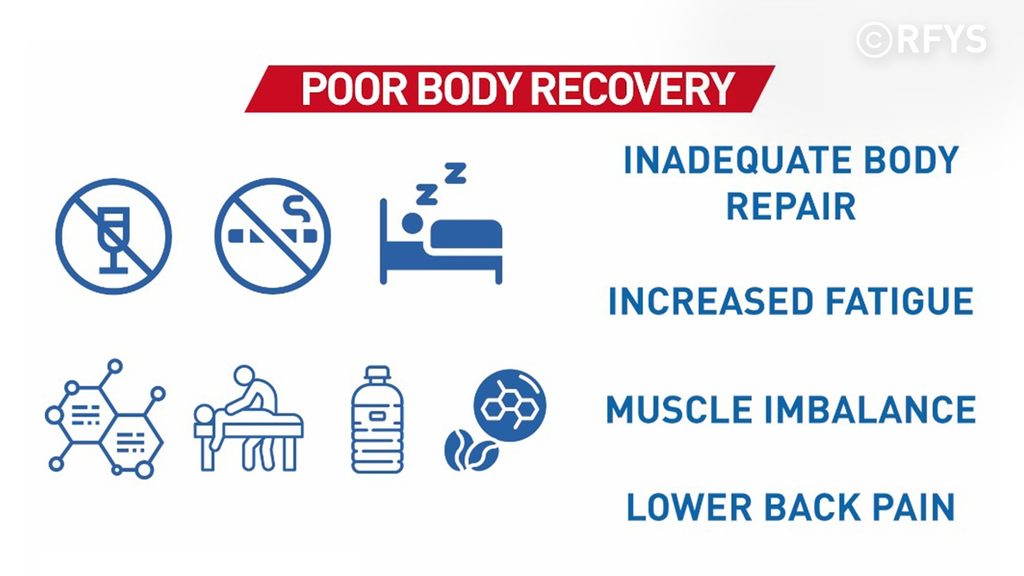 We need to remember that LBP is a symptom and not a diagnosis. It could even be present without structural injury and sometimes multiple factors lead up to it. However, some of the most common causes of LBP are:
We need to remember that LBP is a symptom and not a diagnosis. It could even be present without structural injury and sometimes multiple factors lead up to it. However, some of the most common causes of LBP are:1) Poor biomechanics and muscle imbalance: This happens due to excessive tightness, weakness, stiffness, or instability in certain muscle groups which then leads to imbalance and thus LBP.
2) Sudden Increase in training load: Increased intensity, frequency or increased training volume, a change in technique, or being involved in multiple sports.
3) Poor Training Habits: No proper warm-up/cool down or poor compliance to training blocks can both lead to the development of muscle imbalance and thus LBP.
4) Poor Body Recovery: No proper nutrition or hydration, inadequate sleep, inadequate sports massage routines, vitamin deficiency, excessive smoking, drinking, or caffeine intake can all lead to inadequate body repair, increased fatigue, muscle imbalance, and eventually LBP.
5) External Factors: Sometimes external factors can act as a risk factor to the development of LBP. Incorrect footwear, improper training gear(eg: poor bike fit for cyclists, oversized tennis racquet for tennis players),a sudden chage in training surface (eg: the shift from ground to turf),or improper sleeping mattress can all lead to a change in body mechanics and development of LBP.
6) Fall/Collision: A bad fall or collision can lead to spine injury and the development of LBP. This is commonly seen in high-speed or collision sports like skiing, horse-riding, or Rugby.
The Sequence Of Events When LBP Affects An Athlete
LBP usually begins with slight discomfort in the center, either side or full lower back region. Then the Athlete will begin to notice pain when either bending forward, sideways, or backward. Then pain gradually increases with sport-specific movements, like sprinting, jumping, lifting, throwing, etc.
If the pain isn’t addressed in time it could get worse and begin to manifest itself in activities of daily life like sitting, sleeping, or basic home activities. This then leads to poor confidence and motivation and eventually missed games.
Alarming Signs to Watch Out For:
- Pain moving down from low back to legs
- Excessive pain when coughing or sneezing
- The feeling of tingling down the legs
- The feeling of heaviness or weakness in the legs
- Loss of control on stool or urine
- Loss of balance
- Continuous pain when sleeping
All of these are extremely important to be identified early and a health professional should be consulted immediately.
What should you do?
It is imperative to meet a sports physiotherapist who will perform the initial check-up. The Physio will then discuss with a Sports Physician and Orthopedic if required to decide a plan.Sometimes as required, a Chiropractor, Osteopath, and Massage Therapist may get involved in the team.They will all work together to resolve the problem and get rid of the pain as soon as possible
Plan of Action:
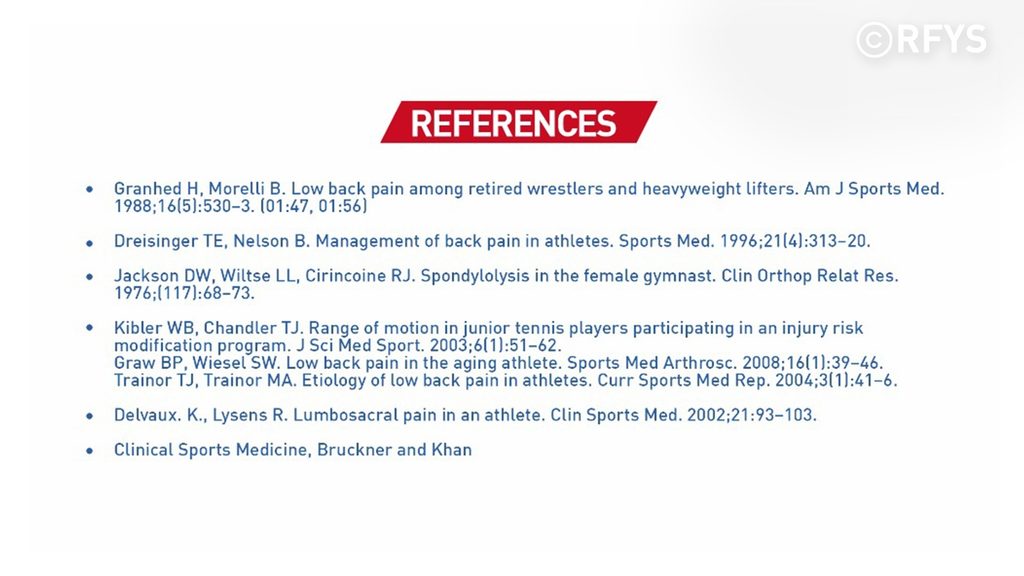 Conservative sports rehab is the first line of action for LBP. Positive results are seen when the problem is identified early and a detailed checkup is done according to which an exercise plan is drawn up.
Conservative sports rehab is the first line of action for LBP. Positive results are seen when the problem is identified early and a detailed checkup is done according to which an exercise plan is drawn up.Surgery is always the last option and should only occur if rehab fails to yield any positive results.
Dr. Chandan Poddar (PT), Musculoskeletal and Sports Physiotherapist, Department of Sports Science and Medicine, Sir H.N. Reliance Foundation Hospital, takes us through the various aspects of low back pain and guides us on how to tackle the same in the below video.
In case if you have any questions, feel free to share them with us on our Instagram/Facebook Page.Stay tuned for more such videos with our team of experts, who are here to guide andsupport you as you start training and working out again, in a bid to reach peak fitness levels.



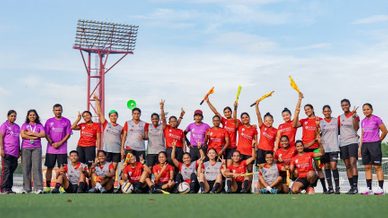

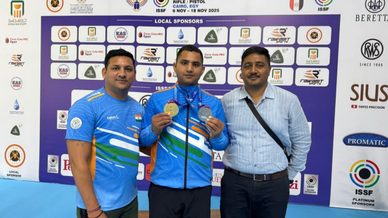
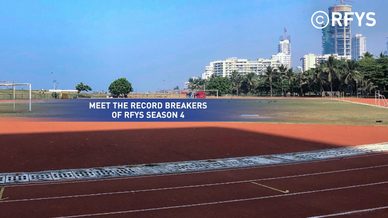

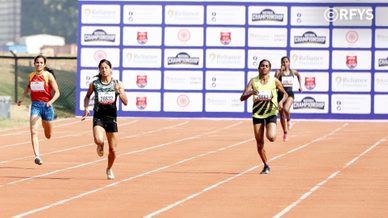



Your Comments